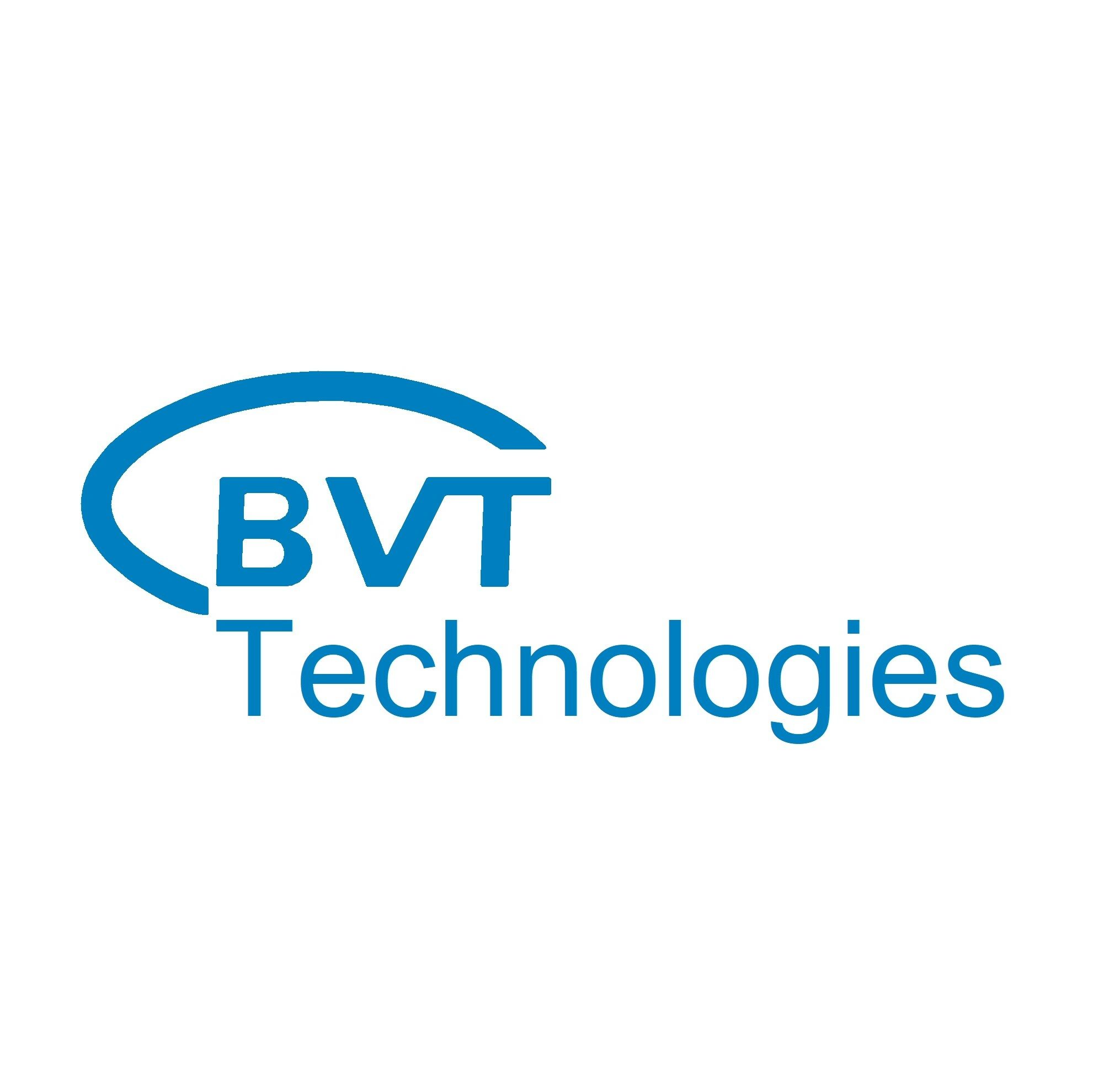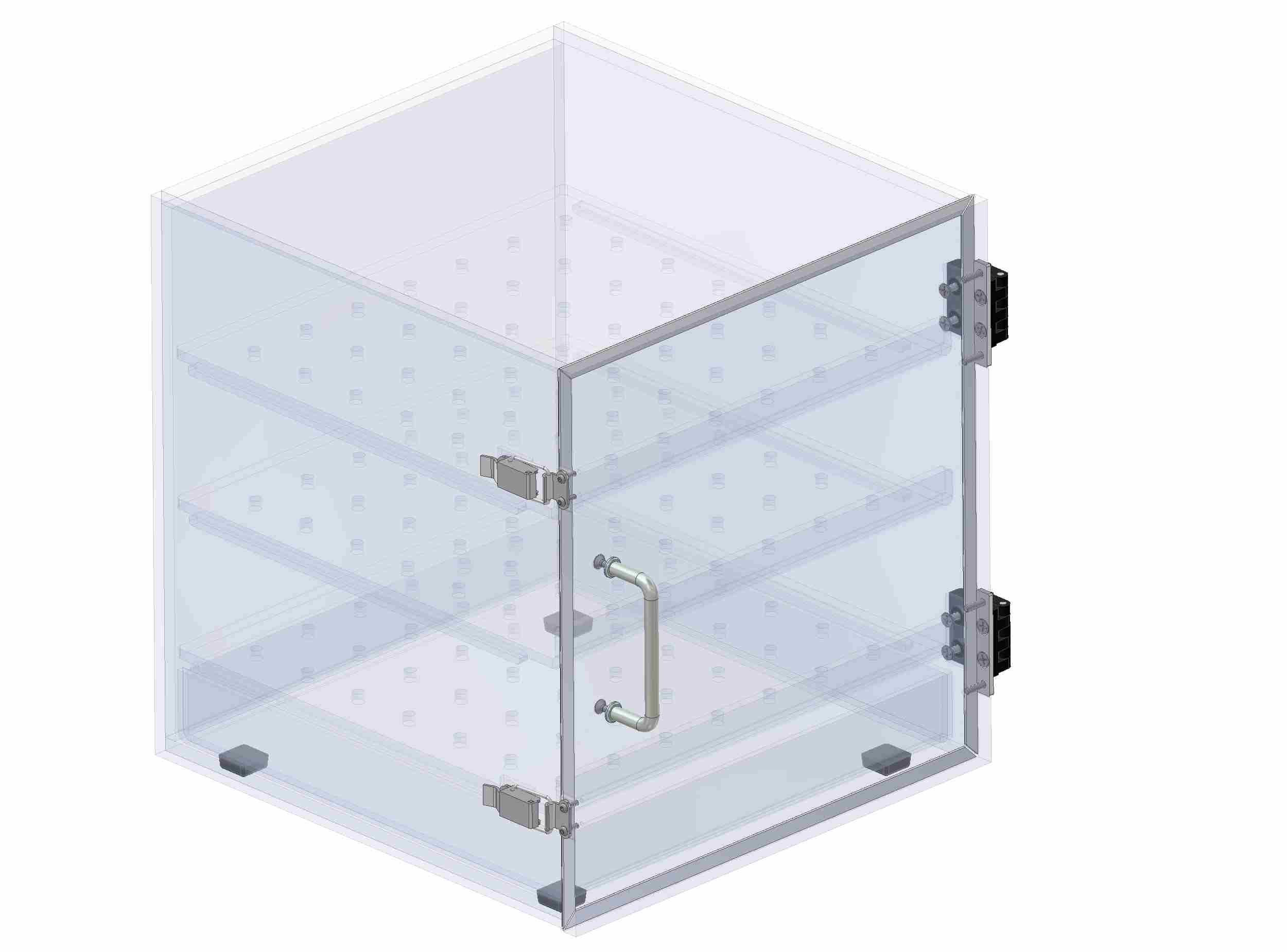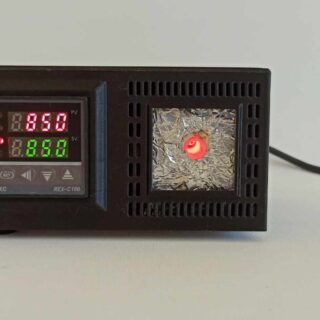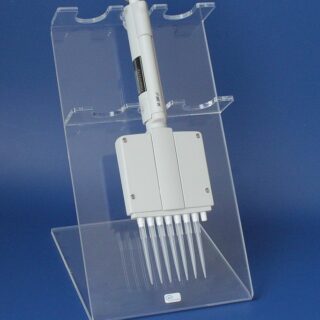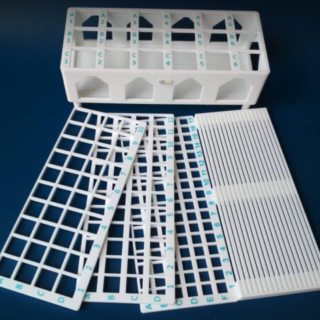Category
- CUSTOMER SERVICES
- NEW PRODUCTS
- Sensors and electrodes
- Custom made and Modified Screen Printed Electrodes
- Stirrers
- Cables and connectors
- Cell
- Potentiostats
- Manual Screen Printer
- Minithermostat
- Pumps
- Accessories
- Kits & Sets
- Discounted SPEs (at a reduced price with visual defects/inconsistancies, but fully functional)
Desiccator
An airtight container which maintains an atmosphere of low humidity through the use of a suitable drying agent which occupies the bottom part of the desiccator. It is for the storage of dry objects that must not be exposed to the moisture normally present in the atmosphere.
Useful Documents
Related products
-
Activation furnance for electrochemical sensors
Read moreThe activation furnance is a device used for curing individual sensors of the AC1 type. At a defined temperature (up to 1000 °C) depending on the electrode and sensor materials. When the sensor is cured, the surface of the electrodes is cleaned from surface oxides and organic impurities, which results in regeneration of the sensor or its activation. In this way, for example, old sensors with immobilized enzyme layers can be cured for reuse – see example at the end ot the document.
-
MDC1 Microdialysis Catheter for “in vitro” Measurement
Read moreThe microflow cell FC2 (BVT Technologies, a.s.) connected with microdialysis catheter PME011 (Probe Scientific, Ltd., UK) enables continuous monitoring of low-molecular substances in circulating blood without withdrawing blood from the tested body. (The device is not approved for human use as a whole; the microdialysis catheter has the approval for medical use).
SPE electrochemical sensors and biosensors can be enclosed in the FC2 cell – e.g. the AC1.GOD sensor for measuring glucose. The advantage of this system is the defined and sterile conditions under which the sample is fed through the microdialysis catheter to the working electrode of the SPE sensor.
The device can be also used for measurement in fermentation reactors, in subcutaneous tissues or in special scientific apparatuses. The main advantage of this catheter is in a special membrane which produces a “plasma-like” or “prefiltered sample” sample without the need for blood centrifugation or deproteinization.
MDC1 makes online monitoring of different blood parameters (biochemical compounds actual concentration or kinetics of enzymatic reactions) possible. The device is also convenient for pharmacological studies. The device can be used only for non human applications.
-
Test Tube Stand with Interchangeable Lids
Read moreA BVT Custom Test Tube Stand for laboratory measurement needs.
The Stand’s body is a solid structure with Interchangeable Lids. The Lids can be chosen
with different Slot Sizes, for example a lid with holes of Diameter 20mm will have 40 Slots.
The amount of slots each lid has is dependent on the diameter of the holes.
Available Slot Diameters with corresponding Slot amounts:
• 11mm Diameter – 102 Slots
• 17mm Diameter – 48 Slots
• 20mm Diameter – 40 Slots
• 30mm Diameter – 18 Slots
Other Slot Diameters are available and can also be made to your required Diameters.
